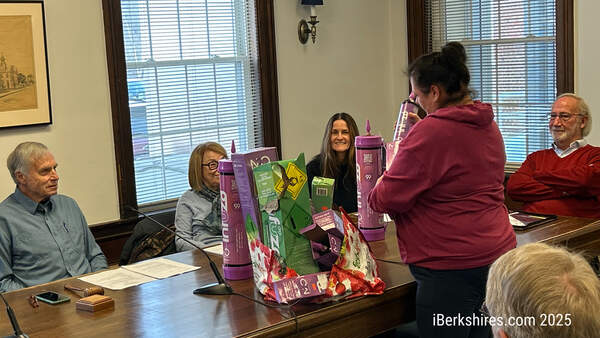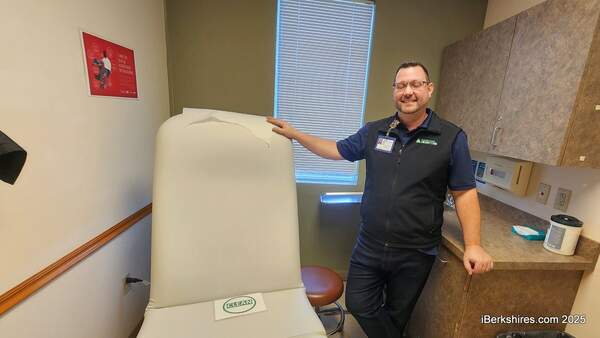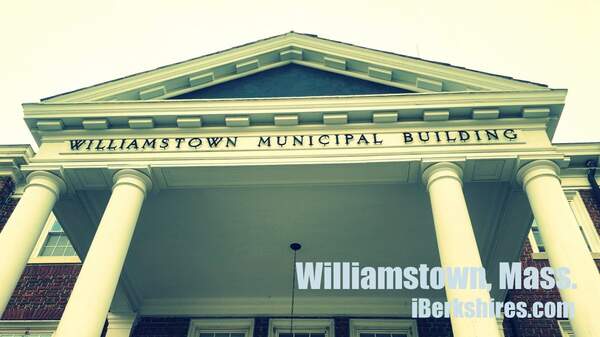Williamstown to Celebrate MapleFest
WILLIAMSTOWN, Mass.— MapleFest, the town's annual maple syrup celebration, is set to take place this Saturday, March 13, in Hopkins Memorial Forest.Visitors will get the chance to see the entire process maple syrup-making process, from maple tree tapping to a working sugarhouse with an old kettle boiler, to syrup tasting and pancake eating. The free event will take place, rain or shine, from 11 a.m. to 2 p.m. Vans will be available from Chapin Hall.
Maple syrup celebrations have been a part of the country’s calendar for generations. The "maple moon" month, as this time of year is called, brings people together to cook maple syrup.
Visitors also are welcome to visit the sugarhouse anytime during the sugaring season, which is from early March to mid-April.
Hopkins Memorial Forest is located at the intersection of Northwest Hill Road and Bulkley Street. The reserve, managed by the Williams College Center for Environmental Studies, spans more than 2,500 acres in Massachusetts, New York, and Vermont. The land was donated to the college by the family of Colonel Amos Lawrence Hopkins in the 1930s. Since then, the college has actively maintained the forest, which it uses for teaching and research.















